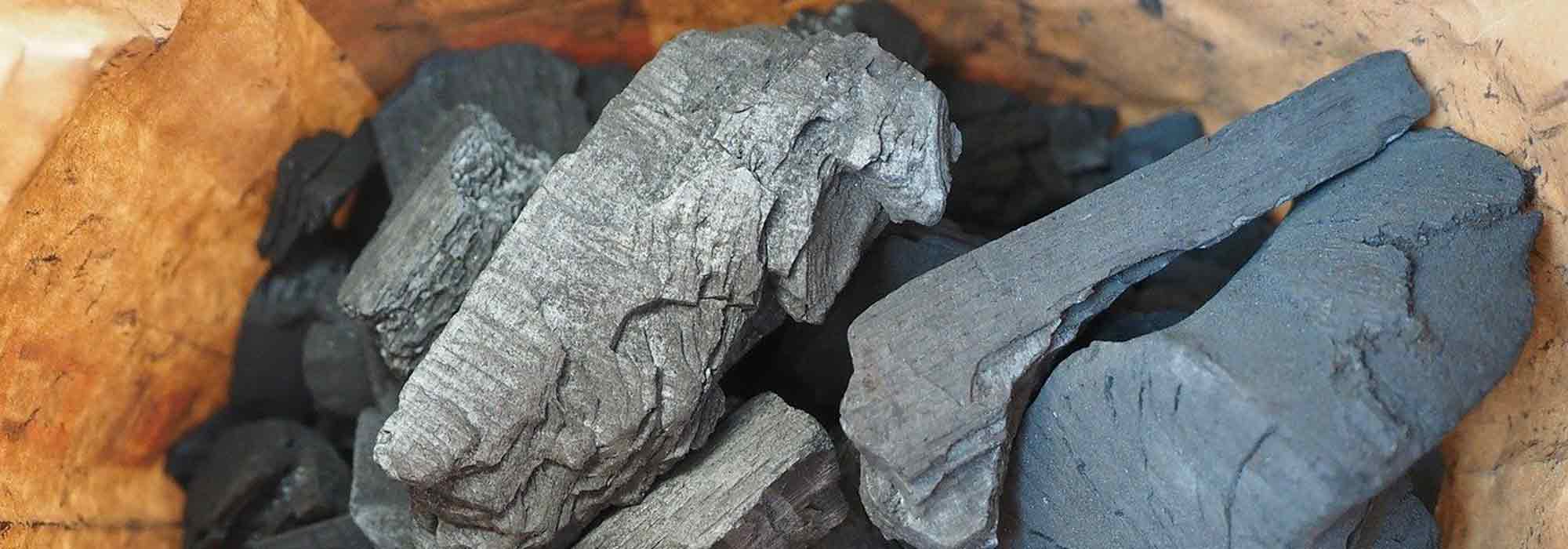
Using charcoal in the garden
Properties and uses
Contents
Economical, natural, effective… Wood charcoal is a very useful product in the garden and therefore widely used by gardeners. Indeed, it has purifying and fertilising properties useful both when pruning and dividing plants, and during sowing.
Discover all our tips for using effectively the properties of wood charcoal in the garden.
Where to buy wood charcoal?
In principle, any type of wood charcoal can be recovered and used in the garden. Barbecue charcoal should, however, be avoided, as it will have been treated to make it more flammable.
Ideally, opt instead for horticultural wood charcoal. It is available for purchase in garden centres, in lumps or powder.
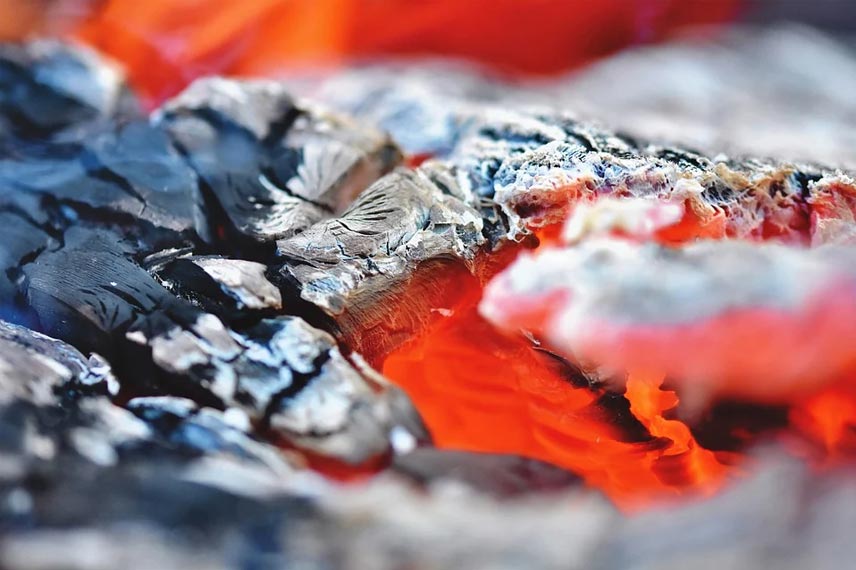
It is also possible to recover wood charcoal found in the middle of your fireplace ashes. All you need to do is collect the pieces of charcoal from sound, natural wood. Be careful: do not under any circumstances use charcoal resulting from burning painted, varnished or treated wood. Composite wood and wood panels are also forbidden as they contain chemical glues.
What are the properties of charcoal?
Charcoal benefits from antifungal and antibacterial properties very useful in the garden to prevent the appearance of diseases and fungi. It is also an effective fertiliser that helps improve the organic, chemical and physical properties of your soils.
Good to know: do not confuse charcoal and wood ash which can, of course, both be used in the garden, but do not have the same properties and are not used in the same way in the garden. Thus, where charcoal can be defined as a residue of incomplete combustion of wood, ash is the residue of complete combustion of that material.
In what form should wood charcoal be used in the garden?
Most uses of charcoal in the garden involve charcoal powder. Simply place pieces of charcoal in a mortar and grind them to a fine powder with a pestle. You can also place your charcoal in a tightly closed bag before crushing it with a hammer.
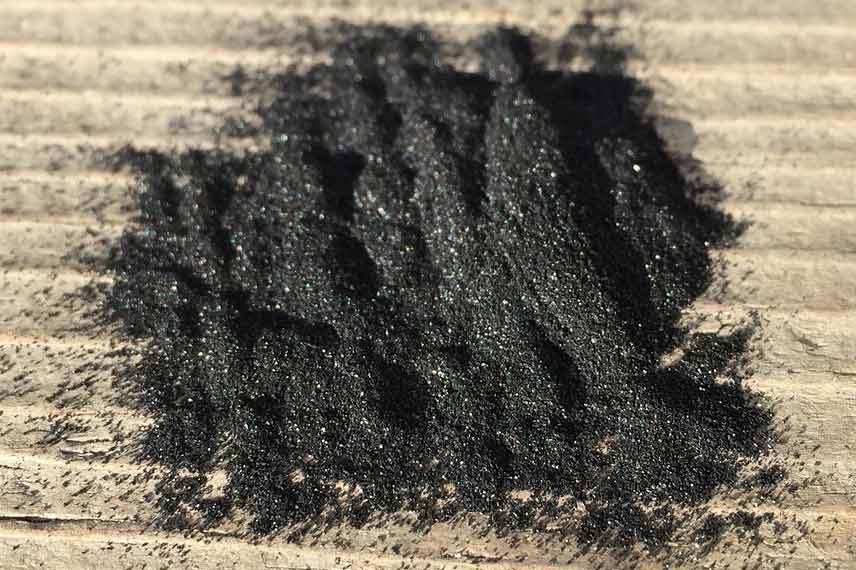
If you do not use it straight away, store your charcoal powder in a metal box kept away from moisture.
Wood charcoal to fight damping-off during sowing
Wood charcoal is particularly known for its ability to prevent damping-off in sowing. Indeed, charcoal is a powerful antifungal. Used as a preventative treatment, it prevents the development of fungi responsible for this rotting of seeds. These same fungi are present in the sowing substrate and tend to particularly affect sowing in seed trays.
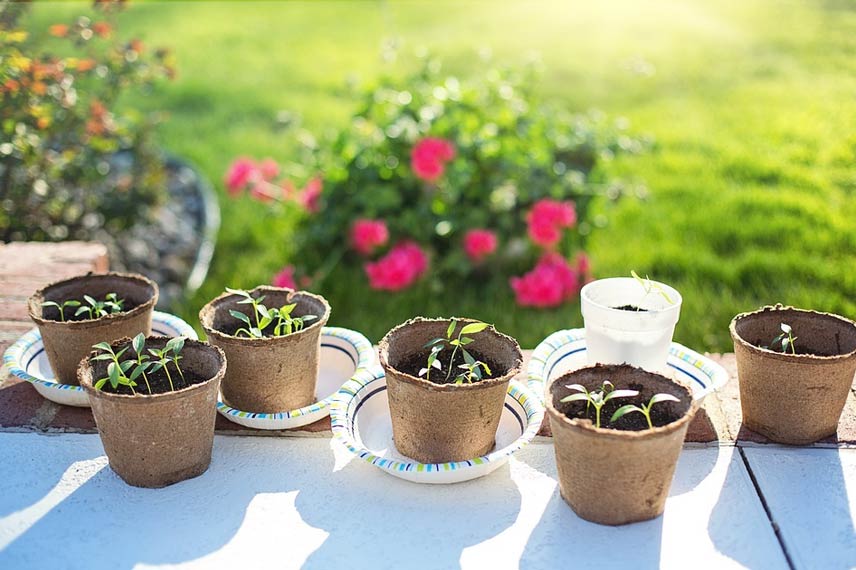
To disinfect the substrate before proceeding with your sowing, simply mix your charcoal powder into the potting compost, or sprinkle it in a very thin layer over your sowing.
⇒ Discover our tips to learn more about damping-off in sowing.
Wood charcoal to help plants heal
Division of perennials and rootstocks, pruning of trees and bushes… you can help plant wounds heal with charcoal, which will prevent development of fungi and bacteria.
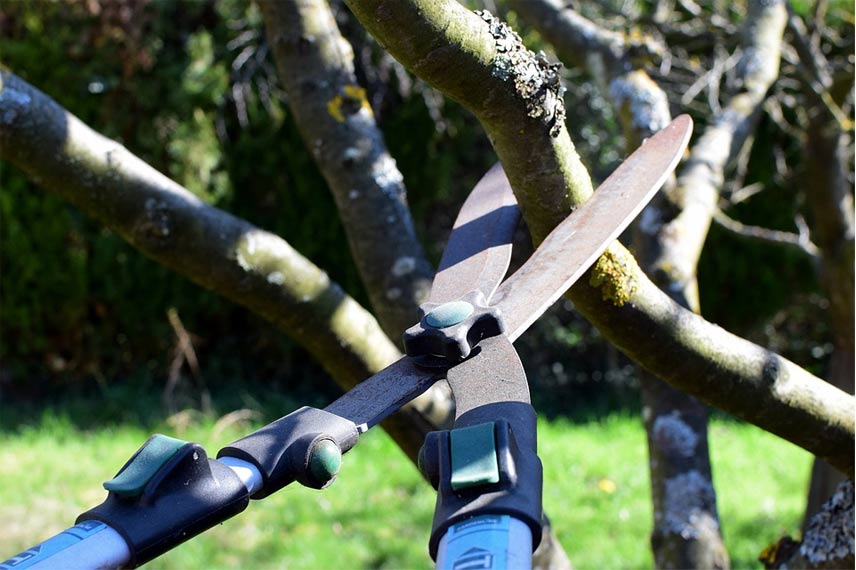
Once again, this is a preventive rather than curative treatment. You should therefore sprinkle plant wounds with charcoal immediately after division or pruning.
Wood charcoal as a fertiliser in the vegetable garden
In the vegetable garden, charcoal can increase soil fertility and consequently the productivity of your vegetables.
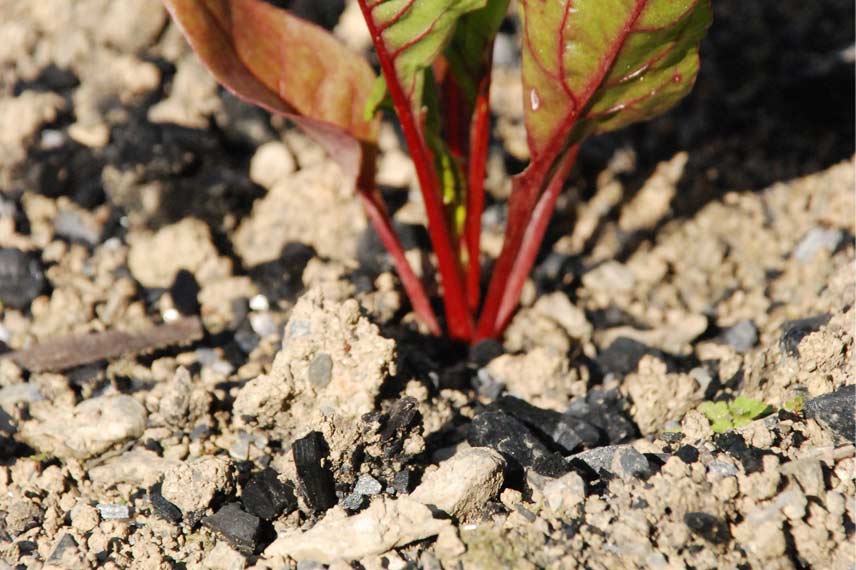
© Center for Alternative Technology – Flickr
It is therefore advisable to mix about 10% charcoal powder into the growing soil.
Wood charcoal to repel gastropods
To protect your crops from attacks by slugs and snails, you can spread charcoal powder in a ring around your plants most susceptible to this type of attack. Indeed, gastropods do not tolerate contact with this powder.
- Subscribe!
- Contents
































Comments